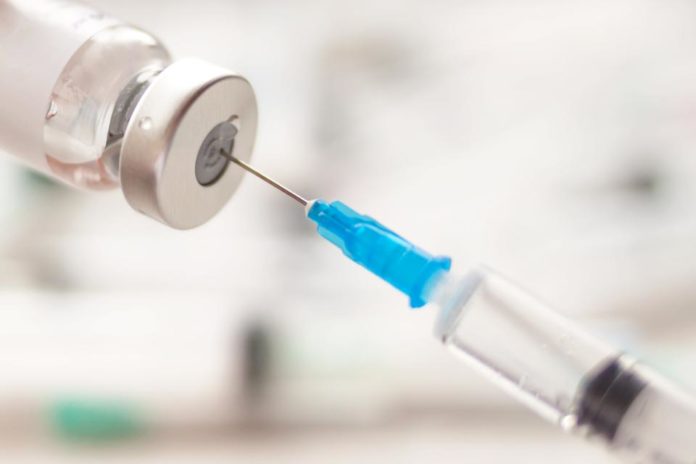GENEVA, Oct 19, 2020 (BSS/AFP) – The United Nations said Monday it would
stockpile one billion syringes around the world by the end of 2021, to be
used for the delivery of any future coronavirus vaccine.
UNICEF, the UN Children’s Fund, said it aims to get 520 million syringes in
its warehouses by the end of this year, to guarantee an initial supply in
countries ahead of the vaccine.
“The world will need as many syringes as doses of vaccine,” UNICEF said in
a statement.
UNICEF said it was also buying five million safety boxes for used syringes.
The number of confirmed coronavirus cases worldwide passed 40 million on
Monday, according to an AFP tally based on official sources. More than 1.1
million deaths have been recorded across the globe.
“Vaccinating the world against Covid-19 will be one of the largest mass
undertakings in human history, and we will need to move as quickly as the
vaccines can be produced,” said UNICEF executive director Henrietta Fore.
“By the end of the year, we will already have over half a billion syringes
pre-positioned where they can be deployed quickly and cost effectively.”
The syringes will be used by Covax, the international coronavirus vaccine
procurement, production and distribution pool created by the World Health
Organization (WHO).
Covax is run by the Gavi vaccine alliance, which will reimburse UNICEF for
the syringes.
A public-private partnership, Gavi helps vaccinate half the world’s
children against some of the deadliest diseases on the planet.
Syringes have a five-year shelf life and tend to be shipped by sea, rather
than vaccines, which are heat-sensitive and transported more quickly by air
freight.
The billion syringes come on top of the 620 million that UNICEF would
purchase for other vaccination programmes against diseases such as measles
and typhoid.
The WHO says 42 vaccine candidates are currently being tested on humans, of
which 10 have reached the mass testing third and final stage. A further 156
are being worked on in laboratories in preparation for human testing.
Typically, only around 10 percent of vaccine candidates make it through the
trials.



